#LatinAmerica
Could the Ram 700 Foreshadow Something Smaller for North America?
Americans love their pickups but the segment’s sizing has adopted the same methodologies favored by the McNugget industry. Medium-sized trucks are now supersized, leaving full-sized pickups in danger of developing their own gravitational fields. However, it wasn’t all that long ago when the North American market was awash with compact pickups like the original Ford Ranger, Chevrolet S-10, and numerous Japanese alternatives — including the legendary Toyota Hilux (which we just called “the Pickup”). Dodge even had the Dakota for customers who liked D.I.Y. projects but wanted something a little larger and more capable of hauling the necessary materials in a single trip.
Back then, the competition was incredibly fierce. But club cabs gradually evolved into crew cabs and, before anybody knew what happened, every single pickup left on the market had become monstrously large. Though it wasn’t like that everywhere in the world. Plenty of markets still appreciate the handyman’s pickup and Latin America is about to receive an updated one from Fiat Chrysler Automobiles. It’s called the 2021 Ram 700 and serves as the spiritual successor of the Ram 50/Mitsubishi Mighty Maxx.
Depressed About Flat U.S. Car Sales and the Death of the Sedan? Will 90 Million Units Globally Cheer You Up?
While it’s definitely not the same doom and gloom vibe felt around the domestic auto industry as it was financially circling the drain in 2008, headlines in the new year seem to forecast storm clouds on the horizon.
After nearly a decade of sales growth, the American market for passenger cars and light trucks flattened out in 2017. Actually, sales didn’t just flatten in the U.S., they dropped 1.75 percent for the year. Not only has the overall U.S. market shrunk, we’re seeing predictions of the death of an entire segment of that market, the sedan — a segment that has pretty much defined the American automotive world for a century. It’s one thing for an iconoclastic website like TTAC to be talking about a sedan deathwatch, but when that prediction is on the front page of the Detroit News, with reports that Ford may very well stop building sedans in America and that Buick sedan sales have been cut in half over the past year, people will take notice.
I’m not here to depress you, though. Despite the gloomy cast to things, in reality the automotive industry as a whole is doing very well.
Will an FCA Executive Return From Brazil With a New Ram?
A top Ram executive is heading to Brazil next week as the truck maker increasingly cozies up to the idea of adding a smaller pickup to its lineup.
The trip comes after Mike Manley, global head of Fiat Chrysler Automobiles’ Jeep and Ram brands, told The Detroit News that an “opportunity” exists in the U.S. midsize pickup market.
“I think that space is big enough, certainly, to have two offerings there,” Manley said at last week’s New York Auto Show, referring to the recently-announced Wrangler pickup and a hypothetical Ram model.
Nissan Greenlights Kicks for Latin America, Why Not Sell It In The US?
Nissan said it will produce a vehicle based on the Kicks Concept car shown at the Sao Paulo Auto Show in 2014. It will be sold globally, beginning in Latin America this year.
CEO Carlos Ghosn said the car appeals to Latin American markets that prefer compact crossovers. You know who else buys compact crossovers? You, and everyone else you know, apparently.
According to several reports, the Kicks would fit into the automaker’s lineup between the smaller Juke and larger Qashqai. Is there a hole for crossover sales between our Juke and Rogue? There’s only one way to find out.
Dispatches Do Brasil: Renault Re-Invents Itself in Latin America
Renault Logan
Among the first to come to Brazil when the market was opened up again in the 1990s – after a hiatus of almost 50 years when this country closed itself off to the world – Renault has seemingly reached a limit in Brazil. Its market participation has hovered around 6 percent for years. Now, hungry for more, the French company is showing its new plans that will deeply affect their operations in Latin America at large and shake up their manufacturing base in South America, most especially Mercosur (namely Brazil and Argentina).
Riding the Luxury Buses of Latin America
Traveling by bus is the preferred mode for the growing middle class throughout Latin America. White collar workers, government employees, and students take long-distance buses for many reasons. First, it is much less expensive than flying. Second, buses reach a lot more destinations than planes. Finally, even those who own cars prefer to let a professional do the driving, thus minimizing wear and tear to their own cars and the stress of dodging out-of-control big rigs and stray animals for hundreds of miles.
The stereotype, of course, is that all buses South of the Border are chicken buses– second-hand American school buses with psychedelic paint schemes, tinted windows, and chrome galore. In fact, luxury buses– built in Brazil and Europe– are very common and often have more amenities than commercial airliners. Make the jump to learn more about them.
GM Moves EV Pack Production In-House, Almost Had A Commodore EV
Automotive News reports General Motors will bring production of the Chevrolet Spark EV’s battery pack in-house to its Brownstown Township plant in the Detroit metro area, having already moved the subcompact’s 85-kilowatt electric motors to White Marsh, Md. in 2013. The pack was originally assembled by A123 Systems before Wanxiang Group picked up the torch. No new jobs will be created as a result of the move, spokesman Dave Darovitz stating GM would add jobs “if consumer demand requires it.” The packs for the 2015 Spark EV — whose market will expand to include California and Oregon later this year — will be 86 pounds lighter than the outgoing units, and will have a storage capacity of 19 kilowatts held within 192 lithium ion cells.
New PSA Boss Tavares Prepares To Rebuild Company
Though PSA Peugeot Citroen secured funding in a three-way deal between itself, the French government and Dongfeng, new boss and former Renault COO Carlos Tavares has a hard road ahead of him as he rebuilds the ailing automaker.
Japanese Automakers Find New Export Base, Opportunity In Mexico
Within four months of each other, Honda, Mazda and Nissan have opened new factories in Mexico, taking advantage of the opportunities within the nation’s automotive industry to grow a new export base into the United States, Latin America and Europe while also gaining ground in the rapidly expanding local market, all in direct challenge to the Detroit Three and other automakers on both sides of the border.
Yamanouchi: Mazda's Mexico Factory Key To Global Strategy
Mazda Chairman Takashi Yamanouchi opened his company’s sole North American factory in Salamanca, Mexico, proclaiming the new factory the key to a global strategy “upon which the very future of [the] company hinges.”
Double Safety Standards Abound in Latin America, Global Markets
Should you find yourself renting a Chevrolet Spark in Acapulco in the near future, beware: it won’t have the same safety features — as in none at all — as the Spark exported to your local dealership. In fact, unless a car or truck screwed together in Mexico is bound for the United States or Europe, only the bare minimum, if any, in safety features will be available to customers in Latin America shopping for base models.
Beyond The BRICs
Emerging markets have been a big theme at TTAC for the past few years, with our coverage going beyond the cursory articles on automotive developments in the BRIC countries. Our articles on places like North Africa and Indonesia aren’t always the most popular, but we keep an eye on them for a very important reason. These countries are the final frontier for growth in the automotive sector.
Best Selling Cars Around The Globe: How The Chinese Are Setting Themselves Up For Success (Part 2: Latin America)
Treasury Lowers The Bar, Fiat Snags Another 5% Of Chrysler
Exactly a week ago, Fiat said it would up its stake in Chrysler “within weeks,” and according to the Detroit News, the deed is now done. Having earned 5% of Chrysler’s equity by building a FIRE-family engine in the US (for use in the Mexico-built Fiat 500), Chrysler had to confirm that it has brought in $1.5b in non-NAFTA foreign revenue, and (according to Chrysler’s LLC agreement [ PDF])
[execute] one or more franchise agreements covering in the aggregate at least ninety percent (90%) of the total Fiat Group Automobiles S.p.A. dealers in Latin America pursuant to which such dealers will carry Company products
in order to bring its stake up from 25% to 30%. We already know that Fiat will achieve this goal by rebadging Chrysler vehicles as Fiats for Latin American markets, a move that is technically compliant with the letter (if not the spirit) of the LLC agreement. But, it turns out that Fiat still had to get the Treasury to amend its agreement in order to bend the rules just a little bit more.



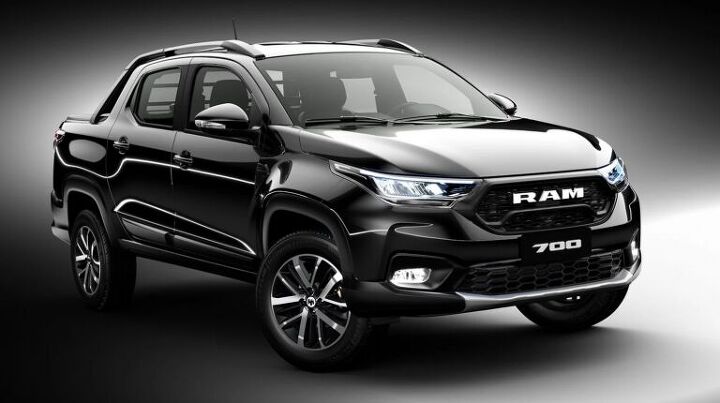





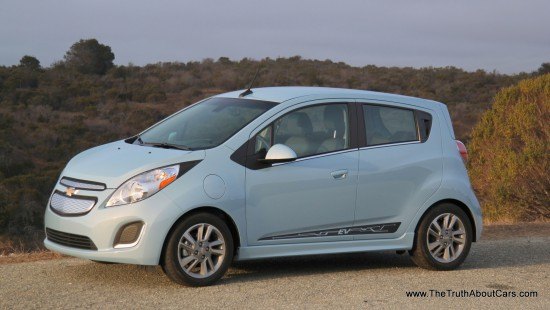


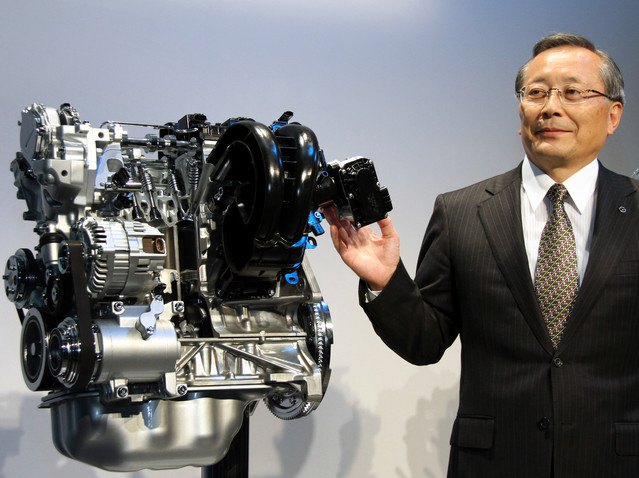
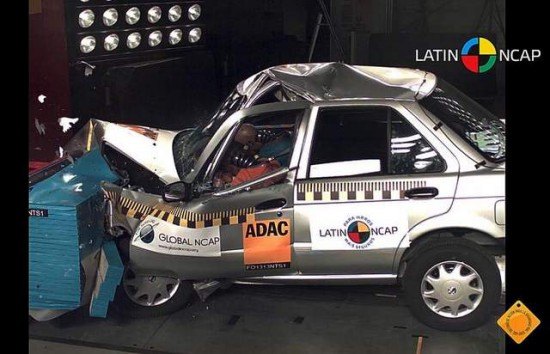
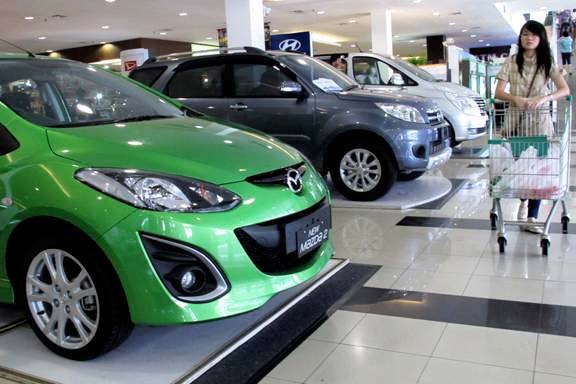













Recent Comments